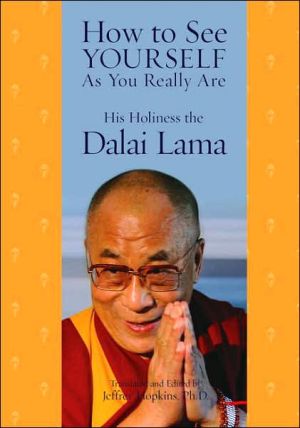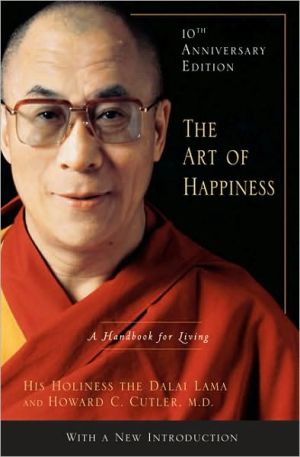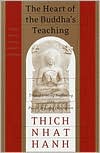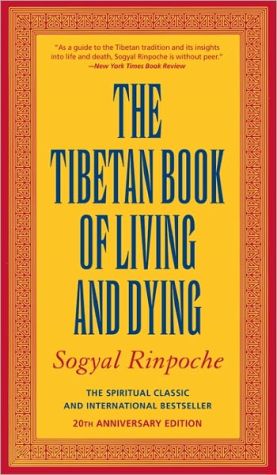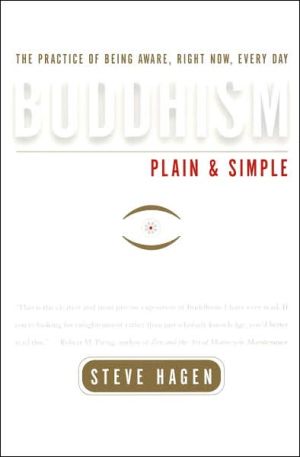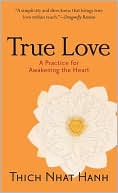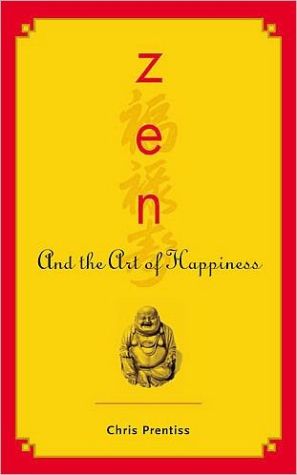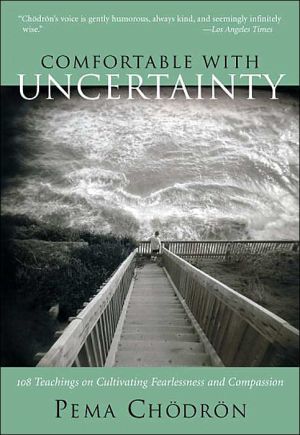How to See Yourself As You Really Are
According to His Holiness the Dalai Lama, we each possess the ability to achieve happiness and a meaningful life, but the key to realizing that goal is self-knowledge. In How to See Yourself As You Really Are, the world's foremost Buddhist leader and recipient of the Nobel Peace Prize shows readers how to recognize and dispel misguided notions of self and embrace the world from a more realistic — and loving — perspective. Through illuminating explanations and step-by-step exercises, His...
Search in google:
Like the two wings of a bird, love and insight work cooperatively to bring about enlightenment, says a fundamental Buddhist teaching. According to His Holiness the Dalai Lama, we each possess the ability to achieve happiness and a meaningful life, but the key to realizing that goal is self-knowledge. In How to See Yourself As You Really Are, the world's foremost Buddhist leader and recipient of the Nobel Peace Prize shows readers how to recognize and dispel misguided notions of self and embrace the world from a more realistic -- and loving -- perspective. Step-by-step exercises help readers shatter their false assumptions and ideas and see the world as it actually exists. By directing our attention to the false veneer that so bedazzles our senses and our thoughts, His Holiness sets the stage for discovering the reality behind appearances. But getting past one's misconceptions is only a prelude to right action, and the book's final section describes how to harness the power of meditative concentration to the service of love, and vice versa, so that true altruistic enlightenment is attained. Enlivened by personal anecdotes and intimate accounts of the Dalai Lama's own life experiences, How to See Yourself As You Really Are is an inspirational and empowering guide to achieving self-awareness that can be read and enjoyed by spiritual seekers of all faiths. Library Journal More than inspiration, this practical book has exercises to help us drop our misconceptions and live lovingly in the world. Copyright 2006 Reed Business Information.
Foreword\ This book by His Holiness the Dalai Lama stems from a basic Buddhist notion that love and insight work cooperatively to bring about enlightenment, like the two wings of a bird. The overarching theme is that self-knowledge is the key to personal development and positive relationships. The Dalai Lama shows us how, in the absence of true self-knowledge, we hurt ourselves through misguided, exaggerated notions of self, others, external events, and physical things. Even our senses deceive us, drawing us into attachment and negative actions that can only come back to haunt us in the future. The book details how to overcome these mistakes in order to live from a realistic knowledge of our healthy interdependence.\ The first part of this book shows how to draw back the deceptive aspect of our experience like a curtain; other approaches, such as suppressing lust and hatred, may be helpful, but they do not address this root problem. By directing our attention to the false veneer that so bedazzles our senses and our thoughts, His Holiness sets the stage for discovering the reality behind appearances. Our tacit acceptance of things as they seem is called ignorance, which is not just a lack of knowledge about how people and things actually exist but an active mistaking of their fundamental nature. True self-knowledge involves exposing and facing misconceptions about ourselves. The aim here is to find out how we get ourselves into trouble, then learn how to intervene on the ground floor of our counterproductive ideas.\ Buddhist psychology is known for its detailed descriptions of the mind's workings, and His Holiness uses these insights in a practical way by helping readers catch hold of these processes through their own experience. His central theme is that our skewed perceptions of body and mind lead to disastrous mistakes, ranging from lust at the one extreme to raging hatred at the other, so that we are consistently being led into trouble as if pulled by a ring in our nose. By developing insight into this process, we can free ourselves, and those around us, from these endless scenarios of pain.\ This part provides step-by-step exercises to develop our ability to recognize the disparity between how we appear to ourselves and how we actually are. Once we have recognized our warped assumptions for what they are, the second part of the book shows how to undermine them. The tools used to accomplish this transformation are renowned Buddhist reflections for questioning appearances, which the Dalai Lama illustrates with his own experiences. His Holiness guides readers through a variety of practical exercises to help us break down the illusions we have superimposed over and beyond what actually exists, and learn how to act in the world from a more realistic framework. This calls for valuing the interdependence of all things and appreciating the latticework of our relationships for the meaningful contribution it makes to our lives.\ The book's third part describes how to harness the power of meditative concentration with insight to achieve immersion in our own ultimate nature, which undermines our problems at their very foundation. The fourth and fifth parts discuss how people and things actually do exist, since they do not exist in the way we assume. The Dalai Lama draws readers into noticing how everything depends on thought — how thought itself organizes what we perceive. His goal is to develop in us a clear sense of what it means to exist without misconception. Then the final part of the book explains the way this profound state of being enhances love by revealing how unnecessary destructive emotions and suffering actually are. In this way self-knowledge is seen as the key to personal development and positive relationships. Once we know how to put insight in the service of love and love in the service of insight, we come to the book's appendix, an overview of the steps for achieving altruistic enlightenment.\ This book itself is an illustration of Tibet's contribution to world culture, reminding us of the importance of maintaining a homeland for its preservation. The light shining through the Dalai Lama's teachings has its source in that culture, offering insights and practices that so many of us need in ours.\ Jeffrey Hopkins, Ph.D.\ Emeritus Professor of Tibetan Studies\ University of Virginia
Foreword 9Introduction: My Perspective 13The Need for Insight 37Laying the Ground for Insight to Grow 39Discovering the Source of Problems 44Why Understanding the Truth Is Needed 51How to Undermine Ignorance 59Feeling the Impact of Interrelatedness 61Appreciating the Reasoning of Dependent-Arising 72Seeing the Interdependence of Phenomena 79Valuing Dependent-Arising and Emptiness 86Harnessing the Power of Concentration and Insight 97Focusing Your Mind 99Tuning Your Mind for Meditation 115How to End Self-Deception 133Meditating on Yourself First 135Realizing That You Do Not Exist in and of Yourself 138Determining the Choices 149Analyzing Oneness 152Analyzing Difference 158Coming to a Conclusion 161Testing Your Realization 170Extending This Insight to What You Own 178Balancing Calm and Insight 181How Persons and Things Actually Exist 187Viewing Yourself As Like an Illusion 189Noticing How Everything Depends on Thought 199Deepening Love with Insight 213Feeling Empathy 215Reflecting on Impermanence 224Absorbing Yourself in Ultimate Love 238Reviewing The Meditative Reflections 253Selected Readings 295
\ Library JournalMore than inspiration, this practical book has exercises to help us drop our misconceptions and live lovingly in the world. Copyright 2006 Reed Business Information.\ \
